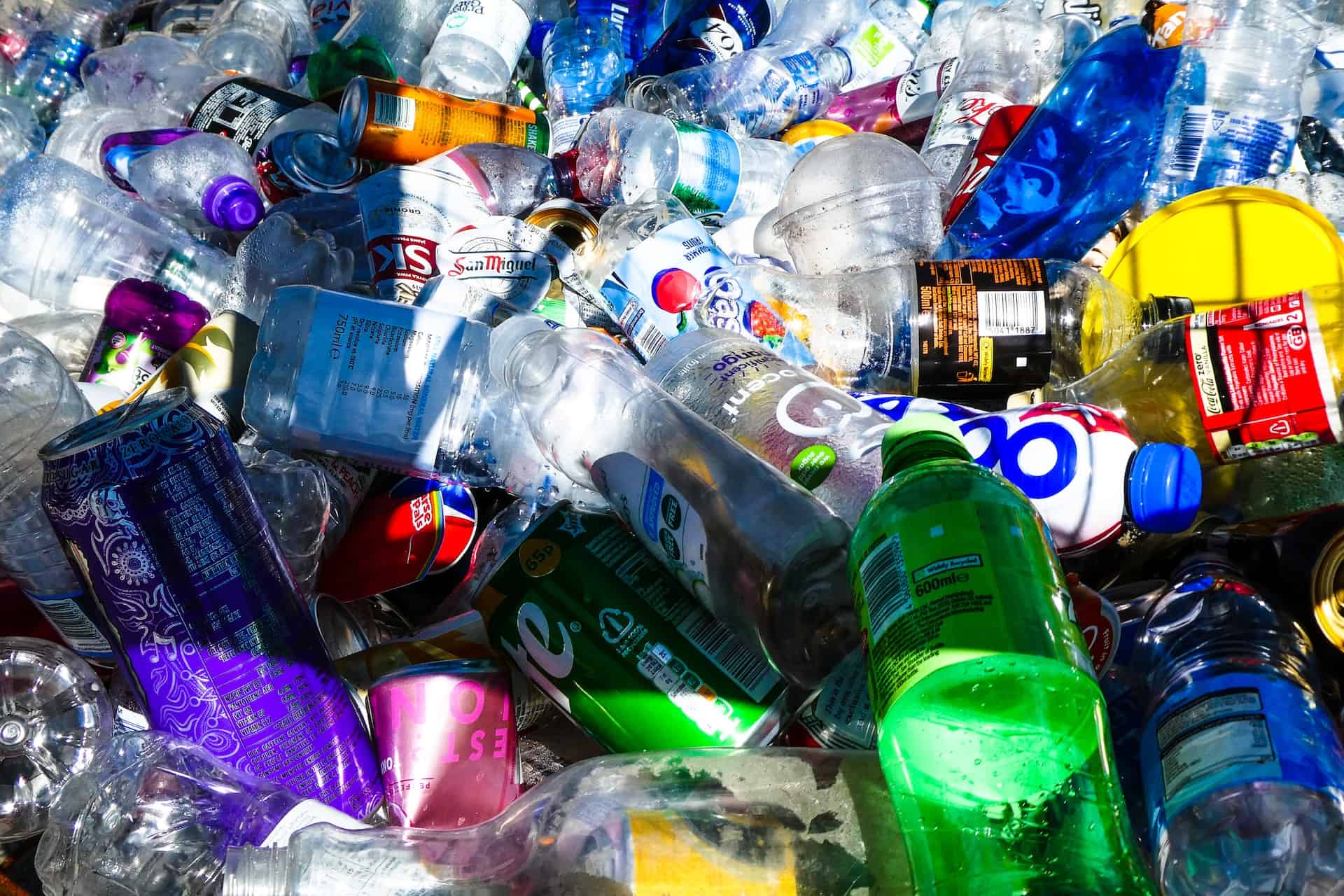Global consumption of materials such as fossil fuels, biomass, metals, and minerals is poised to double in the years to come, exacerbating issues like water shortages, soil degradation, and biodiversity loss, not to mention global warming. Equally, waste generation is forecasted to grow to 3.4 billion tonnes per year, increasing by roughly 70%, due to population growth, urbanization, and consumer spending habits. Dissemination and promotion can help scale up the circular economy, giving us much-needed power to advance prosperity, jobs, and resilience. Disappointingly, the global situation is declining yearly, translating into the fact that we’re pushing the planet beyond its limits; if this trend continues, we’ll have to adapt to an entirely different Earth.
Recycling is essential to the circular economy because it helps close loops on products and materials, eventually eliminating waste. Still, it should be considered only when there are no reuse, remanufacturing, or repair alternatives. In a circular economy, products’ lifespans are extended using maintenance, repair, redistribution, and refurbishment, to name a few, so it’s a shift away from the “take, make, use, waste” approach. Mature technological advancements complement mechanical recycling, which remains the default method, and special mention can be made of:
Chemical Recycling
Chemical recycling, commonly called feedstock, is the process by which plastic material, which would otherwise be difficult or uneconomic to recycle mechanically, is converted back into hydrocarbons and precursors via chemical and thermal degradation. Compared to standard methods, chemical recycling results in alternatives for polymers suitable for critical applications, reducing the release of harmful chemicals into the environment. The challenges to using chemical recycling include but aren’t limited to process and technology challenges, high expenditure and operating costs, and limited incentives to innovate. Also, transporting, storing, and upgrading intermediates incur additional costs.
Balers And Compactors
Compacting reduces the recycling volume of wet and dry waste, promoting easier handling and efficient transportation to the destination. Balers and compactors can compress large quantities of waste through hydraulic, mechanical, or pneumatic force. Hence, the recyclable material takes up less space, reducing the number of trips needed and producing fewer greenhouse gas emissions. Some recycling equipment features revolutionary pneumatic technology suitable for both cardboard and plastic that relies on compressed air to press and release the pressing plate. Manufacturers are pushing the limits as far as innovation is concerned, meaning that the price of the products is justified.
There are machines to choose from, most offering automation to help keep day-to-day operations running smoothly. For example, an automated bale-out function ensures the safety of the user. Using baler or compactor technology adds options that aren’t normally available for older equipment. You can get the most out of your existing assets and save money on unnecessary business expenses. Balers and compactors can be used both individually and as part of complete disposal systems, minimizing waste and businesses from industries like manufacturing, offshore, automotive, hotels and restaurants, etc.
Internet Of Waste
Suppose we don’t reduce the Internet’s dependence on extractive industries in lower-income countries and extend the lifetime of electronic devices. In that case, the Internet of Things might very well become the Internet of Waste. It’s necessary to make changes on an unprecedented scale to create a green digital economy. The laws in the U.S. have demonstrated the power of enforcing stricter rules on conflict minerals, which impose due diligence and disclosure obligations on tech companies that use tantalum, gold, tin, or tungsten. The Internet of Things can be a force for good if handled appropriately. To exemplify, IoT-enabled waste management solutions enable cities and industries to optimize waste collection, reduce the number of overflowing bins, and better manage resources.
Material Life Cycle Extension
Extending the material life cycle is key to sustainable development and can be achieved by using and reusing materials productively over their entire lifecycles to minimize consumption and waste production. It’s about moving from a linear model of production and consumption to a circular model, where the total quantity of virgin materials moved from nature to create a product is drastically reduced or at least kept in control. How our society deploys materials is of the essence to our economic and environmental future. The extraction of virgin materials usually ends up as waste in the shape of the land, air, and water emissions.
Advanced recycling solutions enable facilities to produce high-quality secondary materials and extend the lifetime of materials ad infinitum, which sounds straight out of science fiction. For instance, some businesses recycle lead-acid batteries using a hydrometallurgical process based on mechanical separation, filtration, mixing, calcination, and crystallization. According to Reuters, lead-acid batteries account for roughly 85% of the global demand for refined lead. refined lead output is expected to fall in 2023. It goes without saying that recycling lead-acid batteries helps conserve natural resources, reduces the amount of energy required to produce new lead, and protects the disposal of this dangerous material into landfills.
Waste Valorisation
Since waste disposal poses risks to the environment, human health, and the economy, it’s best to reuse, recycle, or compost waste materials, transforming them into more useful products. Flow chemical technology can be applied to biomass and/or food waste to obtain valuable products, but the requirements aren’t simple. Incineration, gasification, pyrolysis, plasma technologies, or any aforementioned combination is better suited for waste fractions. What happens is that residues are transformed into products at a better value, which tends to be more consistent and predictable. Not only is valorization an environmentally-friendly waste treatment, but it also benefits the economy.
In the upcoming years, we’ll most likely see an increased use of advanced recycling technologies as companies struggle to deliver on consumer expectations. If the circular economy becomes functional, it will create supportive and collaborative structures, promote stability, and bring about sustainable abundance. Only time will tell if the circular economy will give rise to systemic change.
